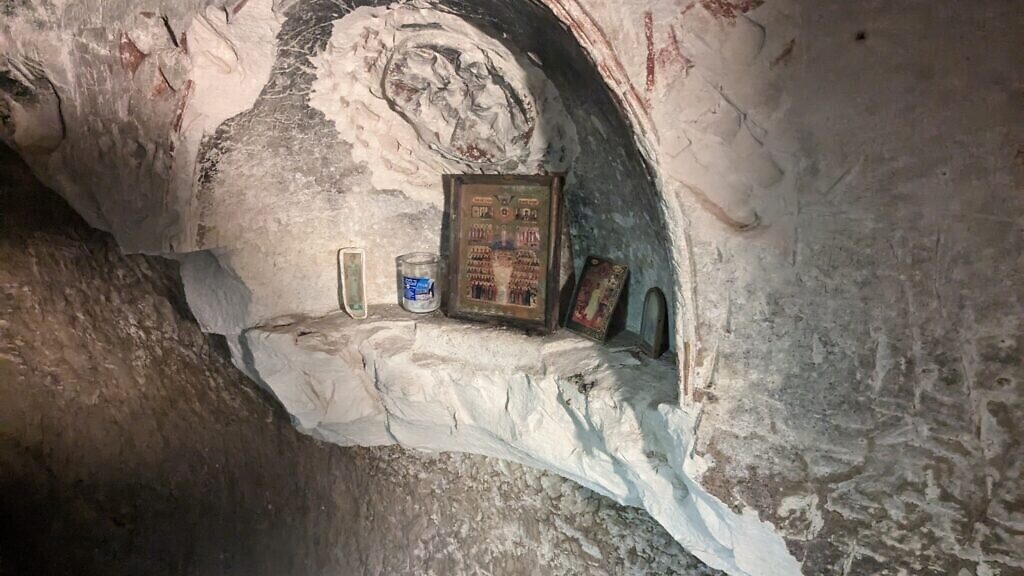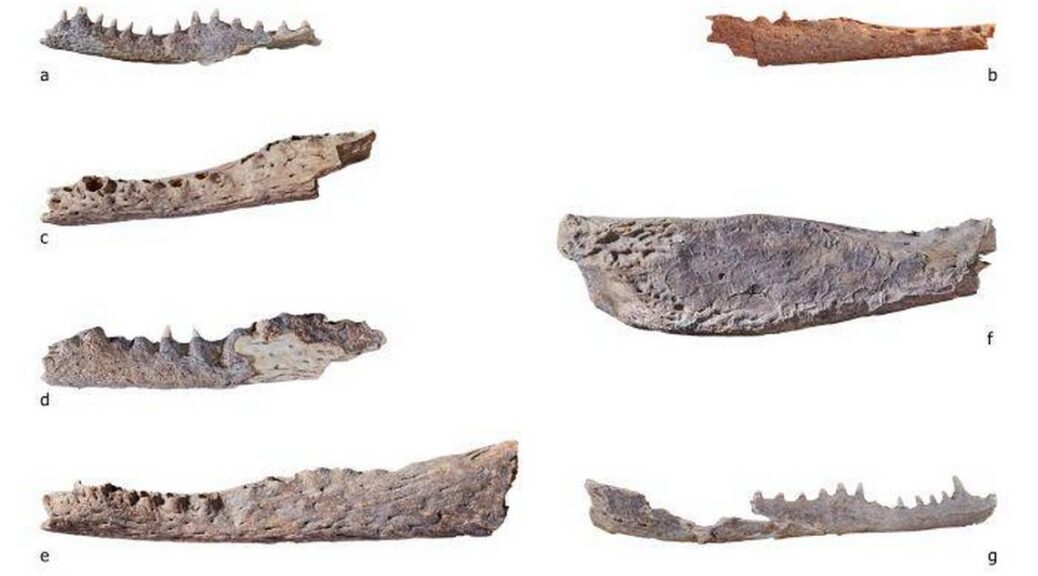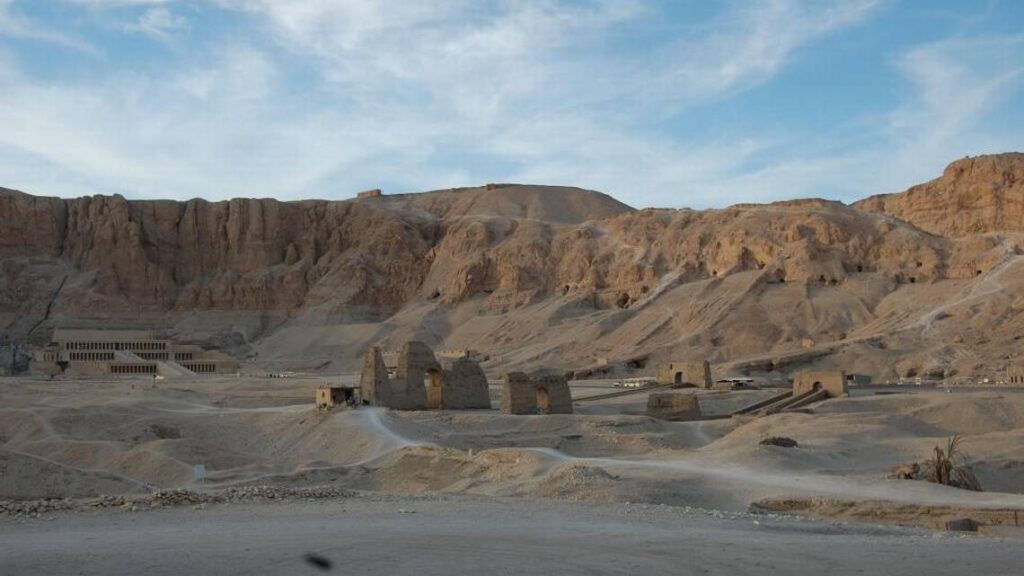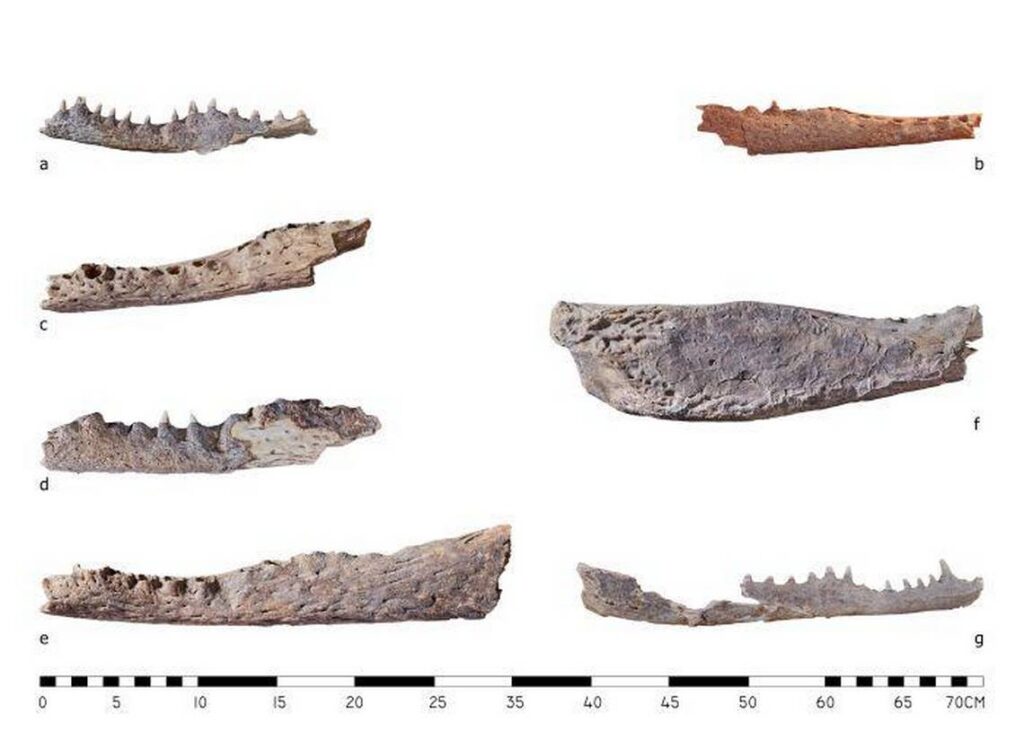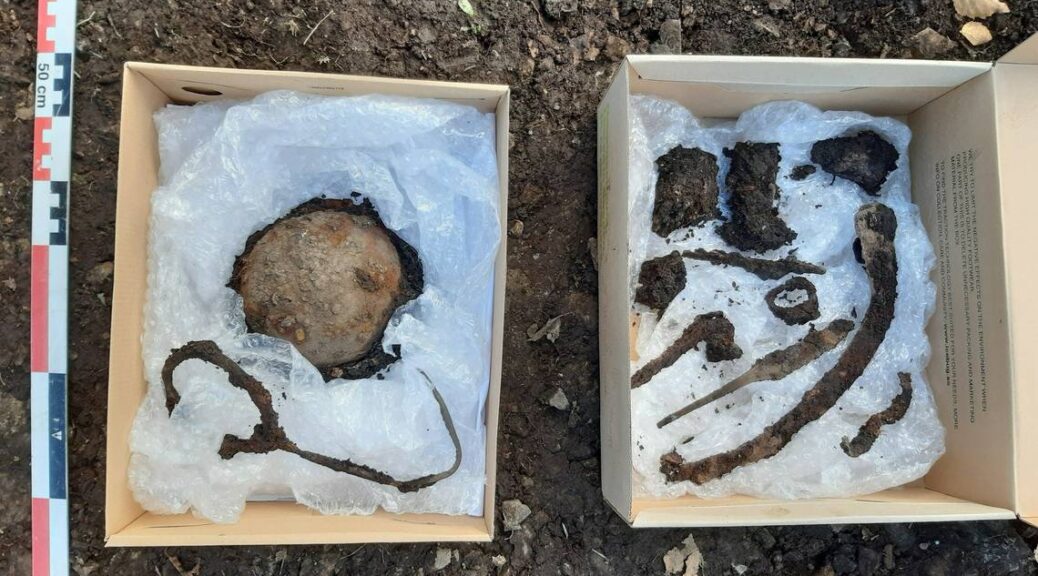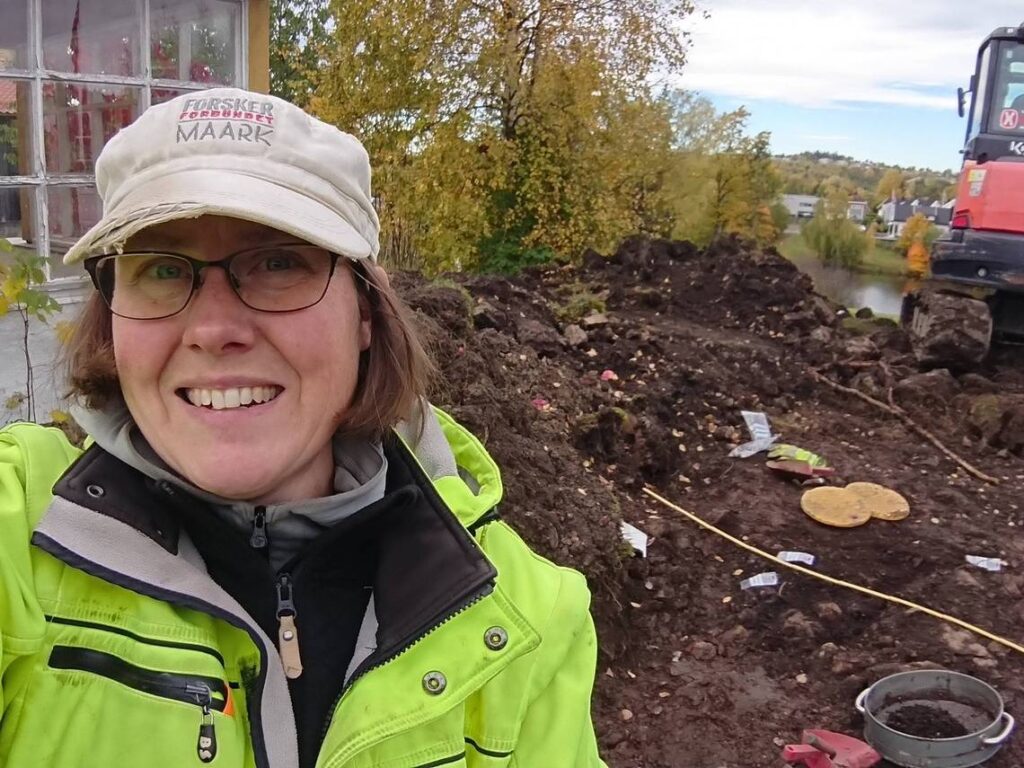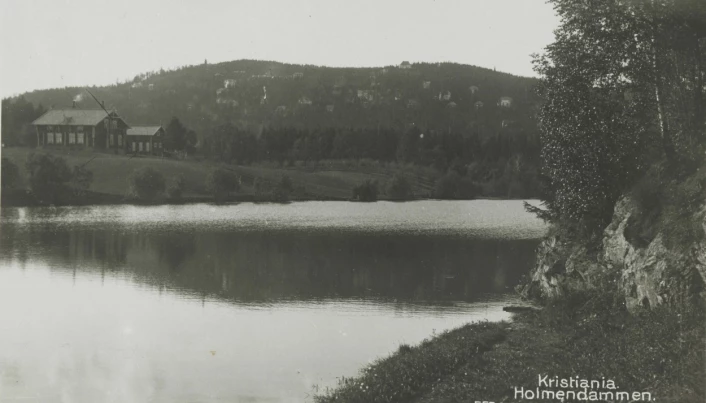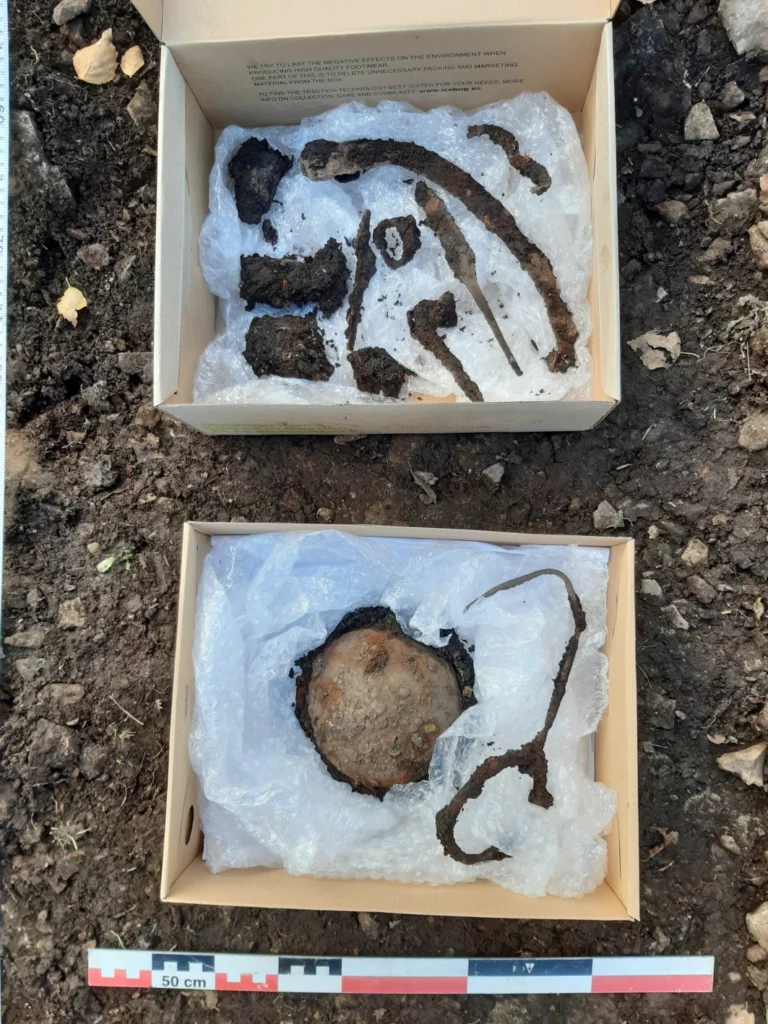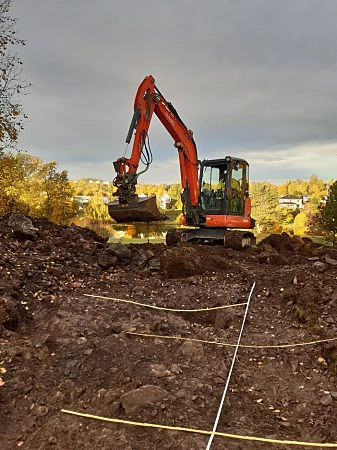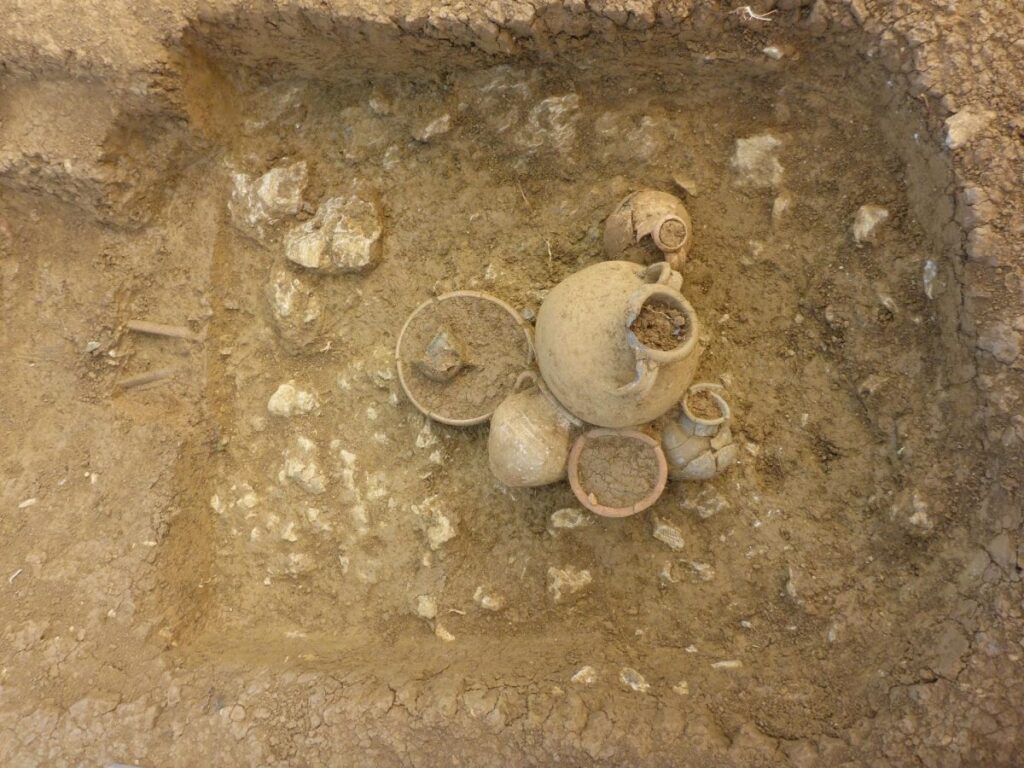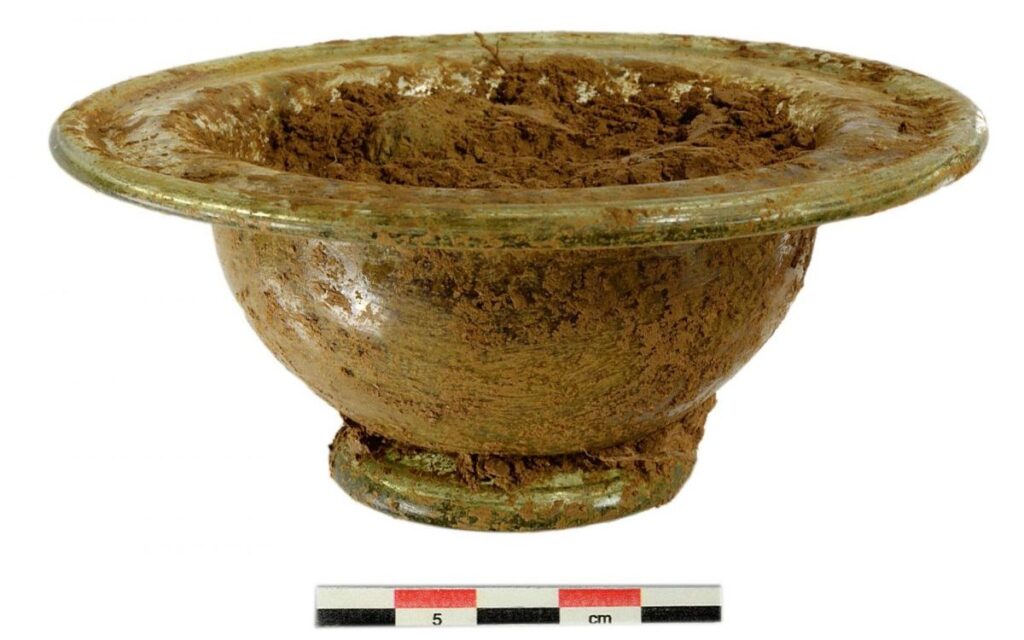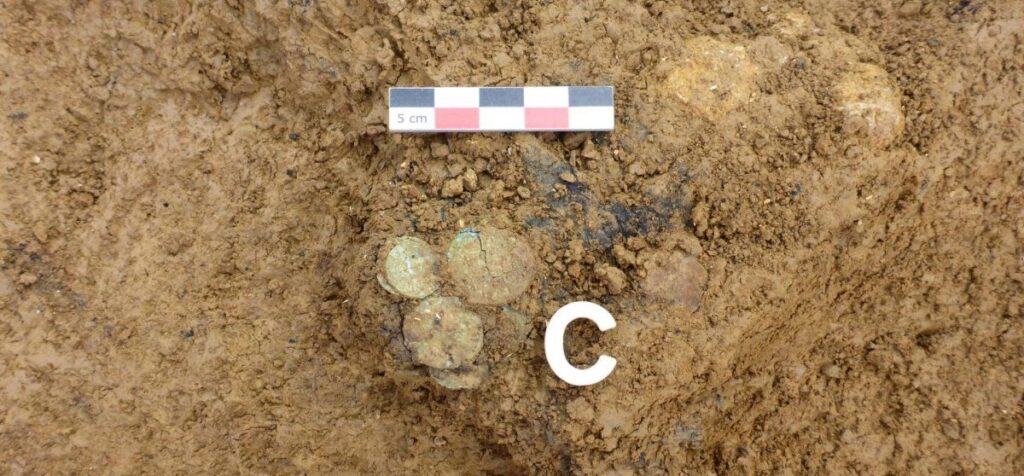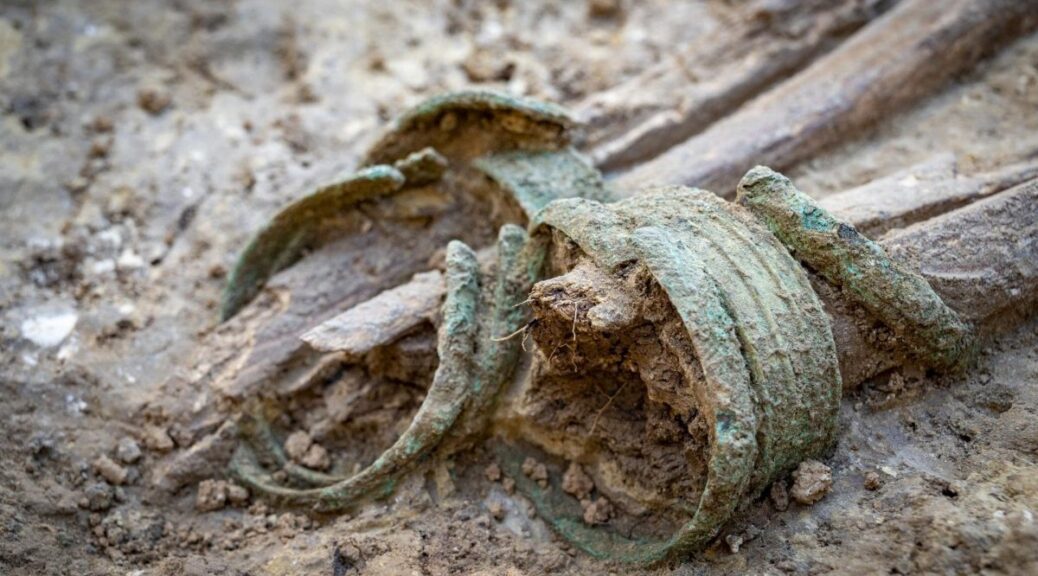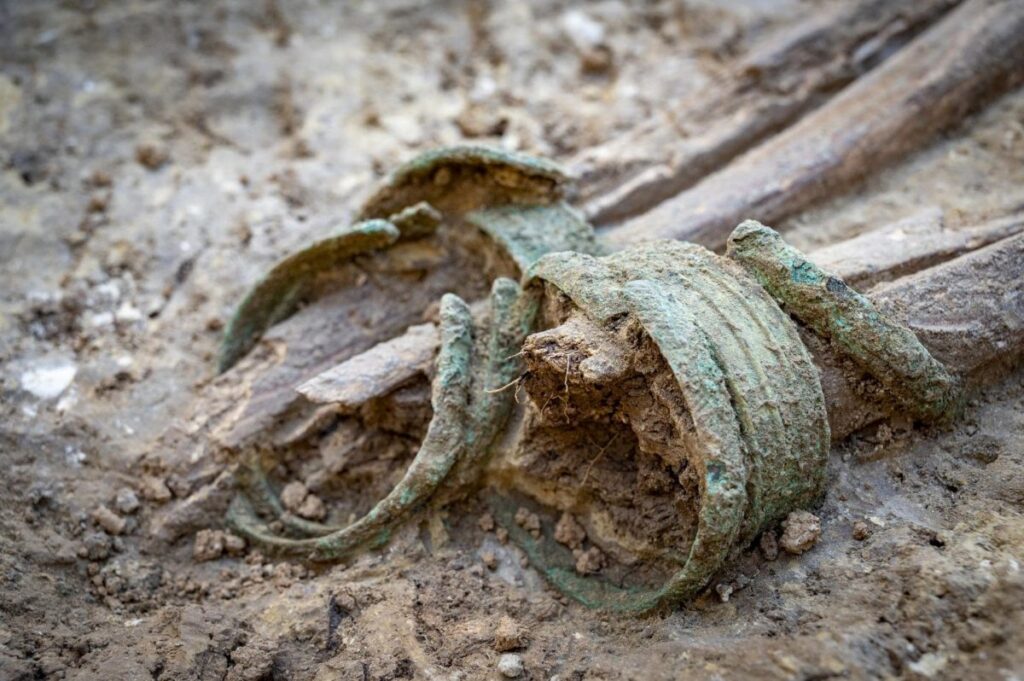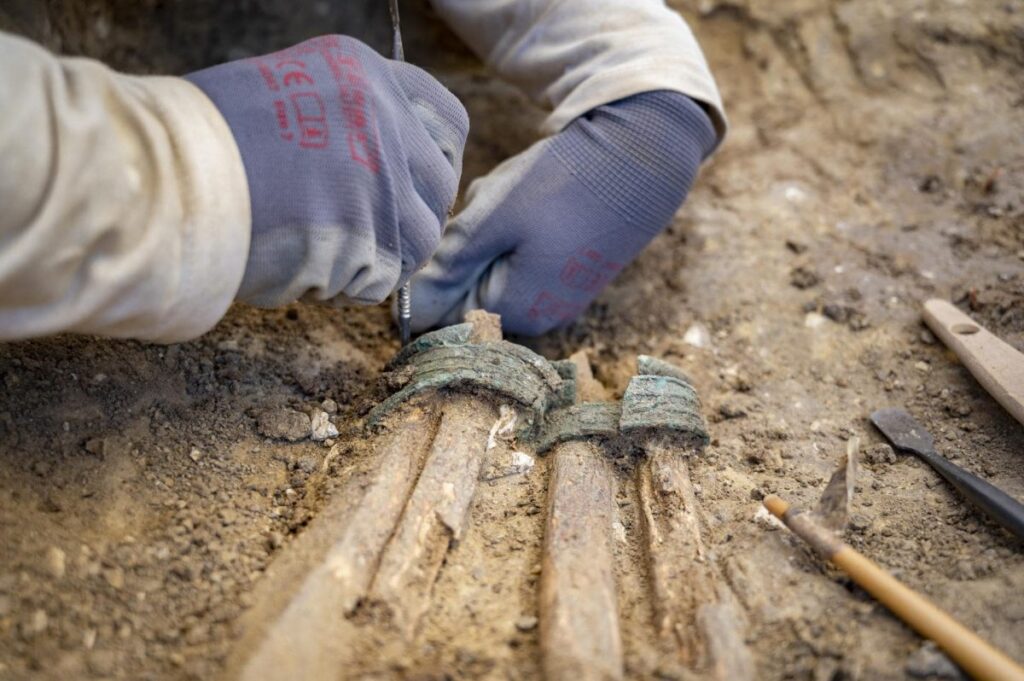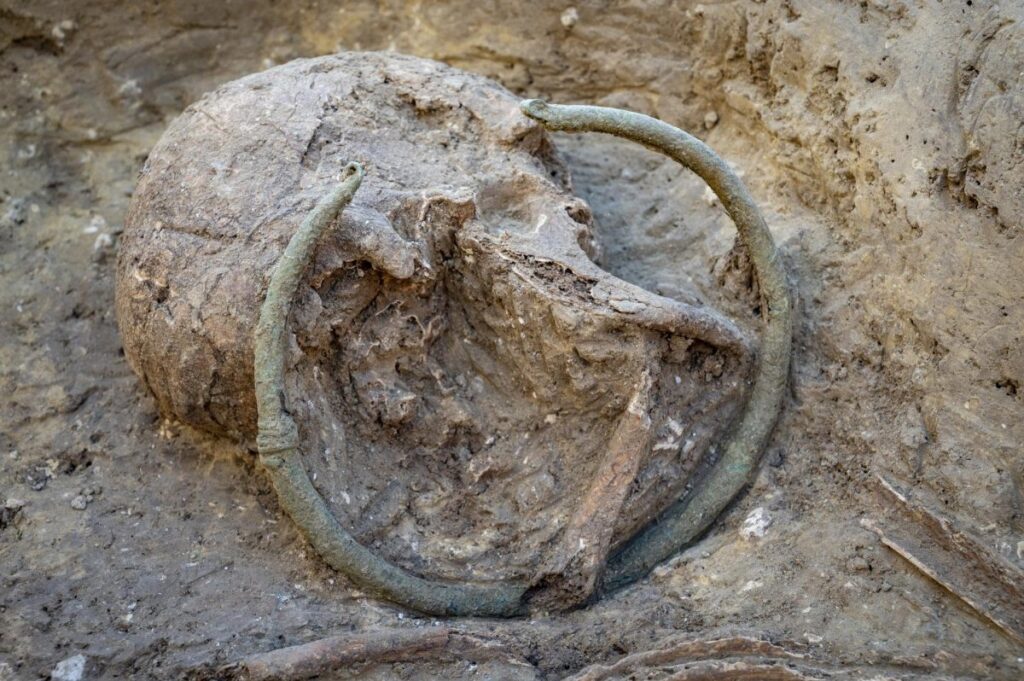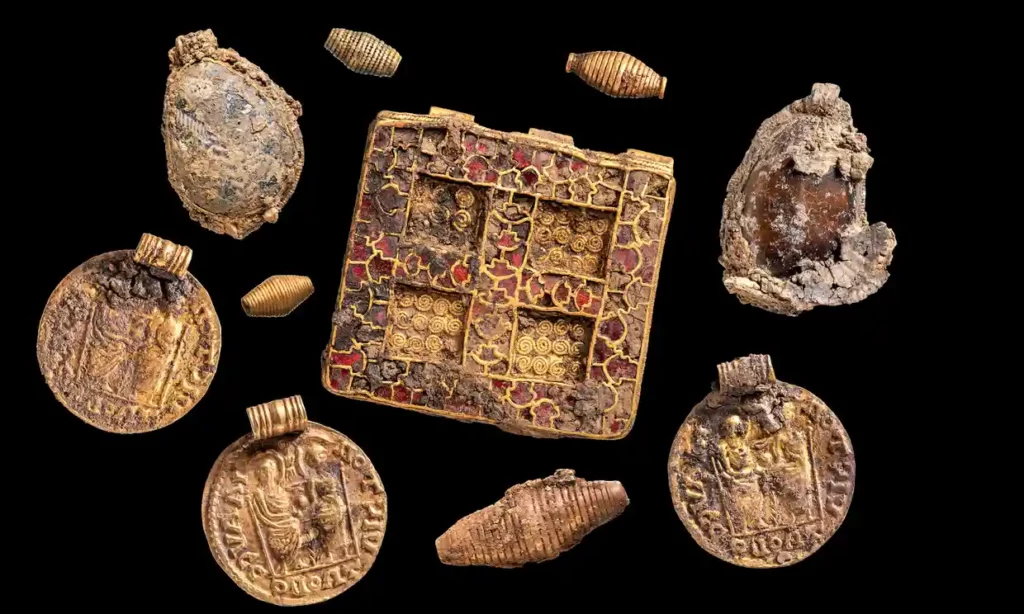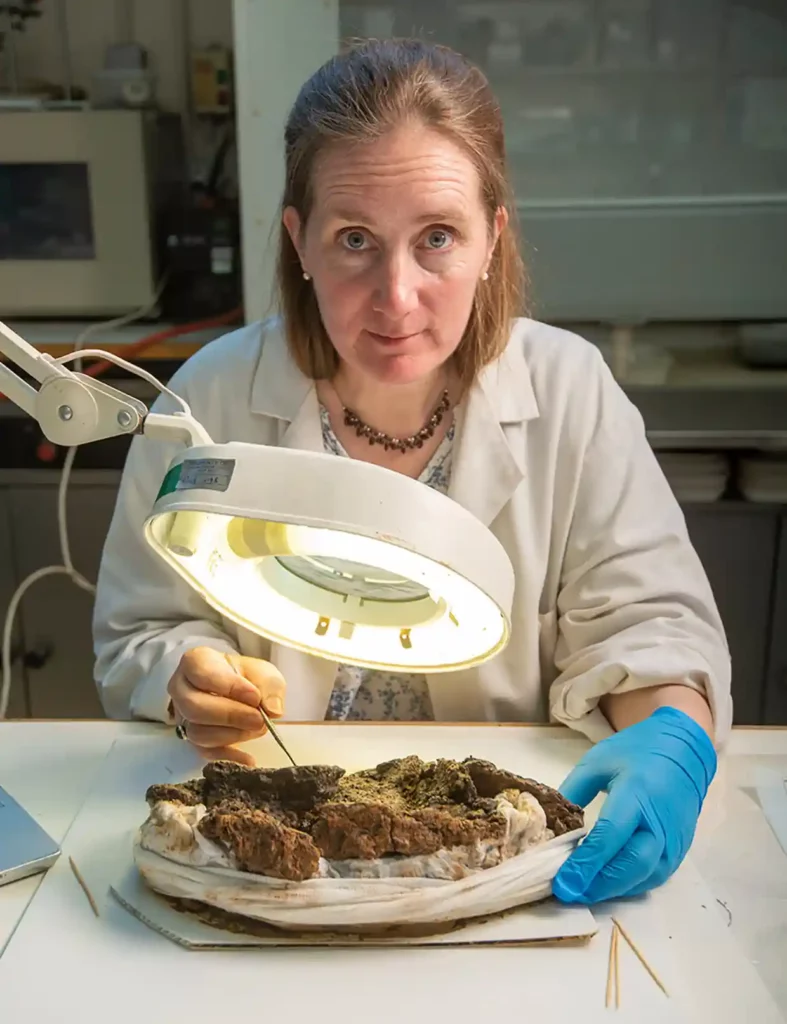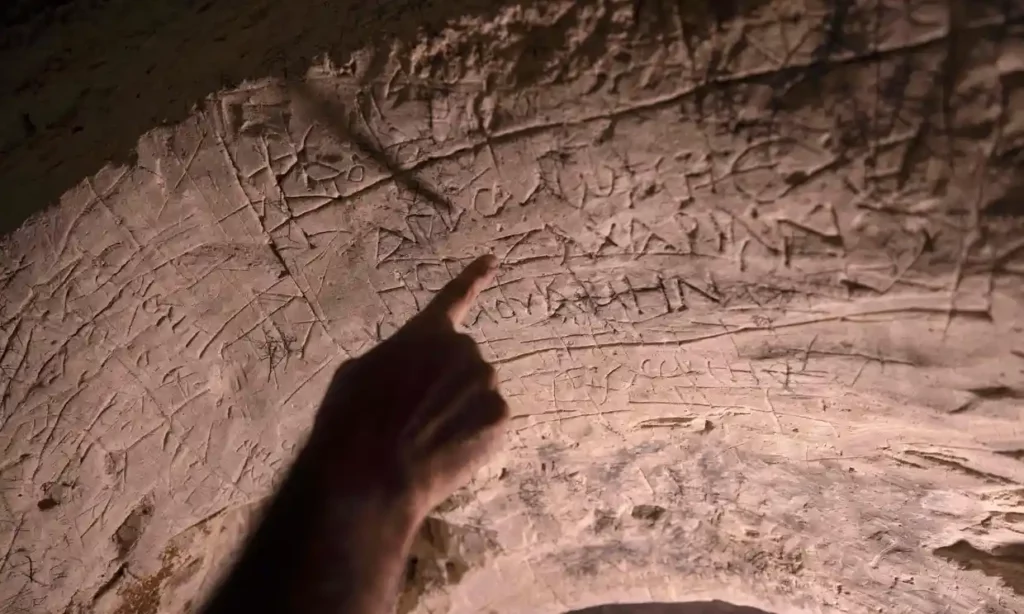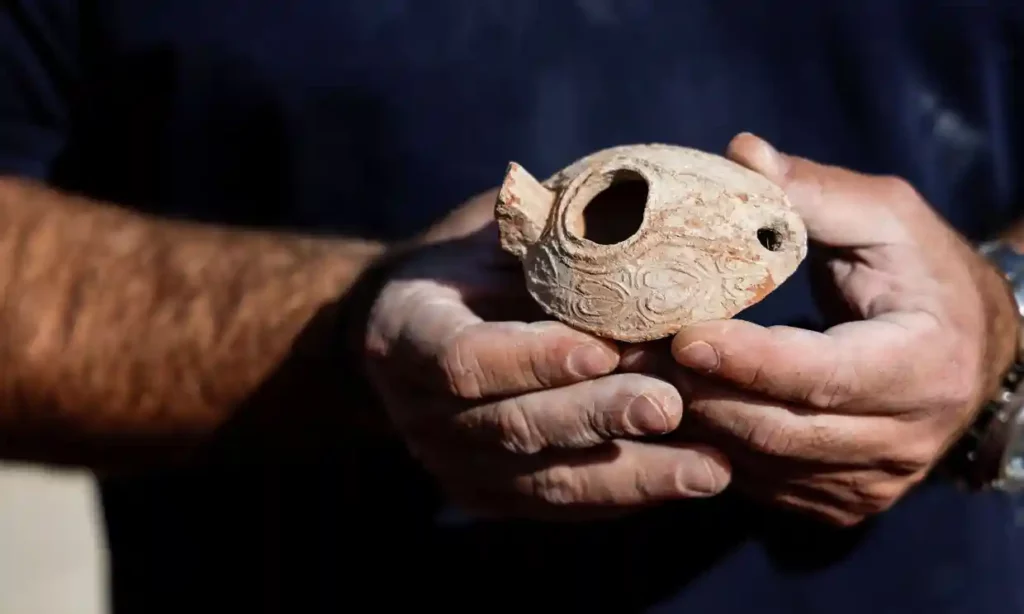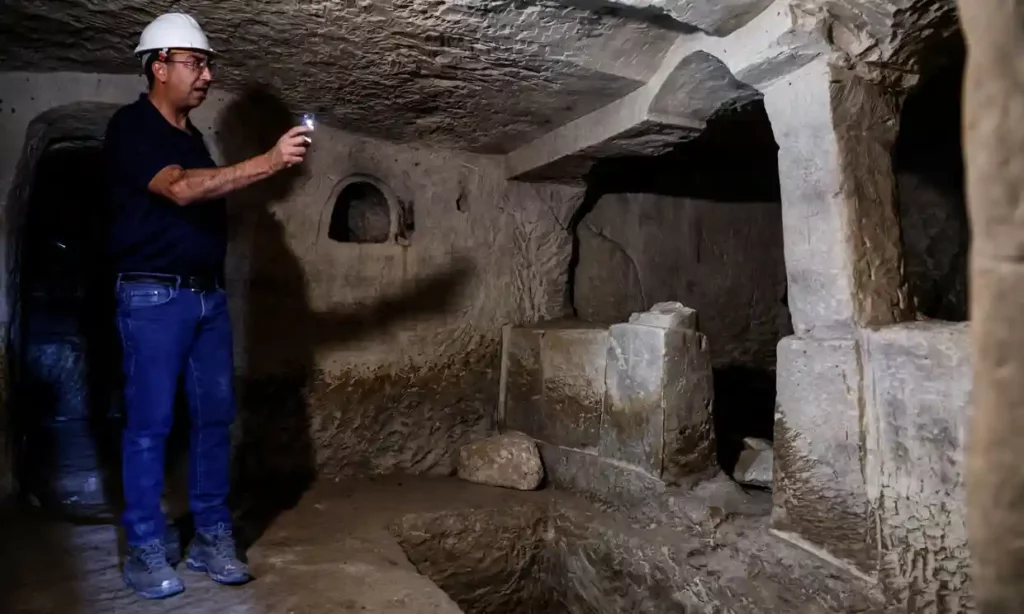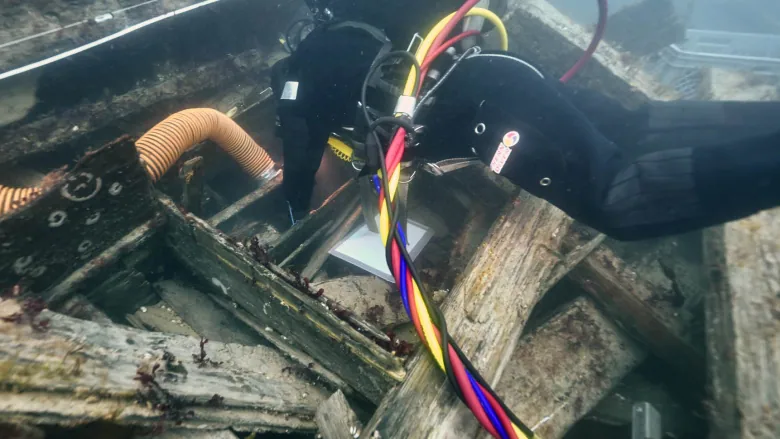Burial cave dedicated to Jesus midwife Salome reveals treasures; will open to public
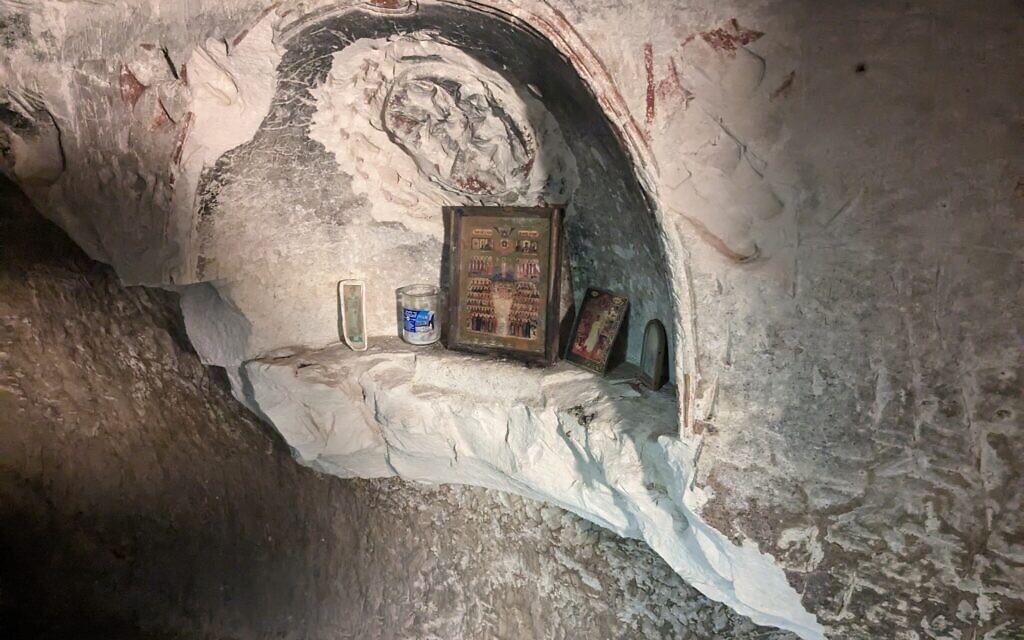
Ahead of opening a burial cave dedicated to Salome, the midwife of Jesus, to the public, archaeologists have recently uncovered a number of priceless artifacts from its courtyard, the Israeli Antiquities Authority announced on Tuesday.
The tomb is a centuries-old Christian pilgrimage site, located in the Lachish region in central Israel.
“According to a Christian tradition, Salome was the midwife from Bethlehem, who was called to participate in the birth of Jesus,” said IAA archaeologist Zvi Firer. “She could not believe that she was asked to deliver a virgin’s baby, and her hand became dry and was only healed when she held the baby’s cradle.”
The burial cave was discovered in 1982 by antiquities looters and subsequently excavated in 1984 by Prof. Amos Kloner of the IAA. But, despite ample proof of its use as a sacred Christian site, it was never opened to the public.
For the past two months, archaeologists have excavated an elaborate courtyard of 350 square meters (almost 4,000 square feet) at the entrance to the cave, filled with intricate stone carvings, soaring arches, a mosaic floor, and the remains of a shop where pilgrims may have rented oil lamps to light their way inside the cave for their prayers.
“We found dozens of these lamps covered with carvings of pomegranates and intricate geometric designs,” said Firer.
The lamps, including more than two dozen found intact, were found together in an area that archaeologists identified as a small marketplace in the courtyard.
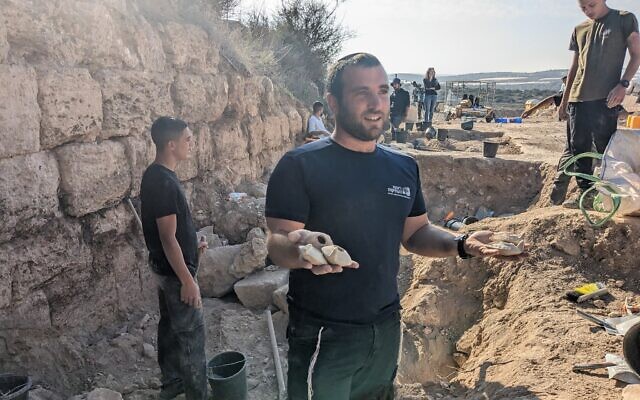
“We believe that pilgrims would come here, rent an oil lamp, perform their prayers inside, and go on their way. It’s like today when you go to the grave of a revered rabbi and light a candle there,” Firer said.
The cave was likely a Jewish burial cave for a wealthy family prior to its adaption as a Christian holy site. The first room of the burial cave dates to the Second Temple period, which stretches from the 6th century BCE to 70 CE. It has several chambers with multiple rock-hewn kokhim (burial niches) and broken ossuaries (stone boxes), which reflect a Jewish burial custom.
Local Christians first identified the site as the burial place of Salome in the Byzantine era and turned the spot into a pilgrimage site, explained Firer. Inner rooms of the burial cave are from the Byzantine era, from around 300 CE to 600 CE. The newly recovered oil lamps are from the 8th or 9th century CE in the early Islamic period.
Firer added that the name “Salome” or “Shlomit” was a common Jewish name in the Second Temple period in Hasmonean and Herodian families.
“The name Salome may possibly have appeared in antiquity on one of the ossuaries in the tomb, and the tradition identifying the site with Salome the midwife developed, with the cave becoming venerated by Christianity,” he said.
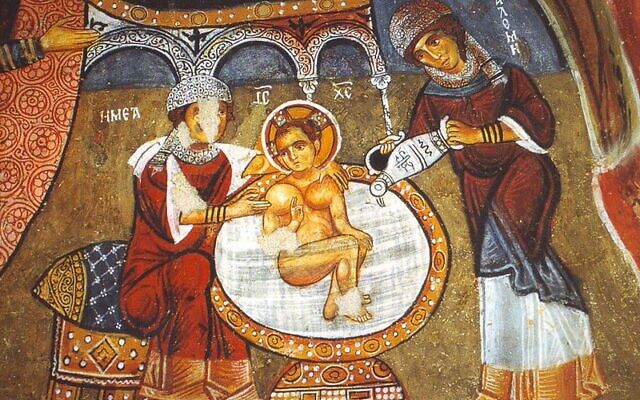
A trail built for kings
The work is being undertaken to open the cave to the public for the first time as part of the Judean Kings Trail, a 100-kilometer (60-mile) trail from Beersheba to Beit Guvrin featuring dozens of significant archaeological sites.
The burial cave is covered in ancient graffiti, including the words “Salome,” “Jesus,” the names of pilgrims, and crosses etched into the wall. The most impressive is an inscription in Greek that reads “Zacharia Ben Kerelis, dedicated to the Holy Salome.” Archaeologists believe that Zacharia Ben Kerelis was a wealthy Jewish patron who funded the construction of parts of the burial cave and the courtyard.
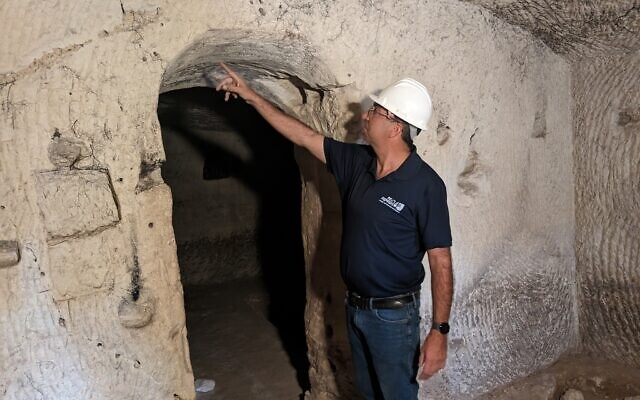
“We’re now working on ways to preserve all of these ancient carvings while opening the site to the public,” said Saar Ganor, the IAA director of the Judean Kings’ Trail Project. The current excavations are also being carried out in cooperation with the Ministry for Jerusalem and Heritage and the Jewish National Fund.
A few pilgrims still illegally enter the tomb, as evidenced by modern-day icons and candles in the altars in inner rooms, but Ganor hopes the cave’s official opening will allow greater numbers of people to safely experience the site.
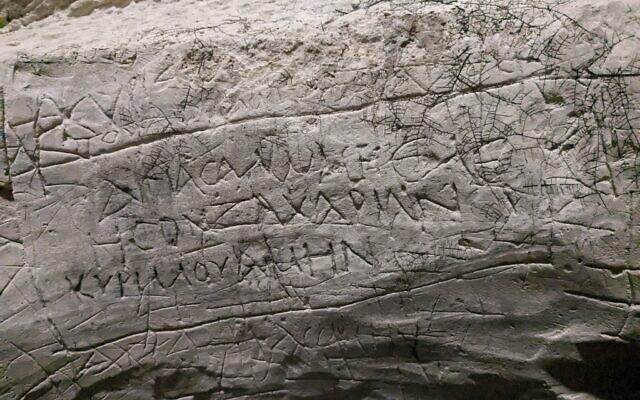
“This trail, which crosses the Judean Shefelah [flatlands], is the backbone of the Jewish people’s cultural heritage, and it encompasses dozens of sites from the time of the Bible, the Second Temple, the Mishnah and the Talmud,” said Ganor. “This is a really important trail that combines tourism, history, and development.”
